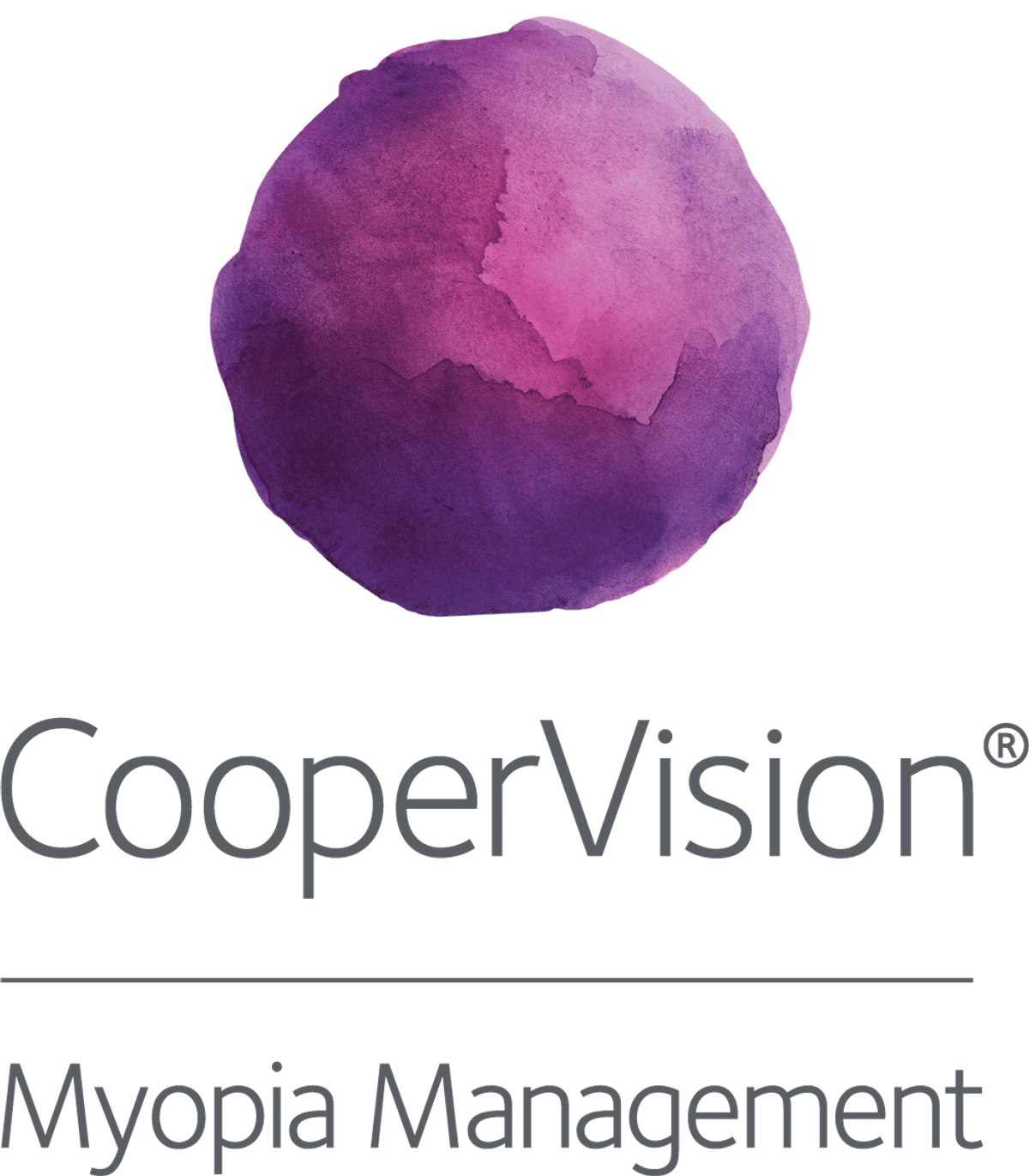Science
Peripheral Defocus Lenses Leave Accommodation Unchanged

In this article:
This study measured dynamic accommodation responses in adults and children wearing myopia control spectacles with peripheral defocus designs. Results showed no significant impact on accommodation, suggesting that these lenses work through other mechanisms rather than changing how the eye focuses during near tasks.
Paper title: Dynamic Accommodation Responses in Subjects Wearing Myopia Control Spectacles Modifying Peripheral Refraction
Authors: Zhenghua Lin (1,2,3,4), Dimitrios Christaras (5), Raul Duarte-Toledo (1), Zhikuan Yang (2,3,4,6), Augusto Arias (7), Weizhong Lan (2,3,4,6), Pablo Artal (1,2,3,4)
- Laboratorio de Óptica, Universidad de Murcia, Campus de Espinardo, Murcia, Spain
- Aier Academy of Ophthalmology, Central South University, Changsha, China
- Hunan Province Optometry Engineering and Technology Research Center, Changsha, China
- Hunan Province International Cooperation Base for Optometry Science and Technology, Changsha, China
- Diestia Systems, Athens, Greece
- Aier School of Optometry and Vision Science, Hubei University of Science and Technology, Xianning, China
- ZEISS Vision Science Lab, University of Tübingen, Tübingen, Germany
Date: January 24, 2025
Reference: Lin Z, Christaras D, Duarte-Toledo R, Yang Z, Arias A, Lan W, Artal P. Dynamic Accommodation Responses in Subjects Wearing Myopia Control Spectacles Modifying Peripheral Refraction. Invest Ophthalmol Vis Sci. 2025 Jan 2;66(1):55. doi: 10.1167/iovs.66.1.55.
Summary
Peripheral defocus–based spectacle lenses aim to slow myopia progression, yet how accommodation functions when using these designs is not well understood. This study investigated whether dynamic accommodative responses are altered when viewing through central versus peripheral zones of myopia control lenses.
Thirteen adults (mean age 28 years; 3 emmetropes, 10 myopes) and nine emmetropic children (mean age 9.8 years) underwent dynamic accommodation testing with their habitual correction and with three commercial myopia control lenses (MiYOSMART, Stellest, MyoCare). Testing was performed through both central and decentred lens zones. A separate group of eight emmetropic adults was assessed using single vision lenses (plano, +3 D, −3 D, and −3 D oblique astigmatism) modified with a central hole to isolate peripheral optics.
Key findings:
- Accommodative lag for a near target was less than <0.5D for all eyes, including both adults and children.
- There were no significant differences in the amplitude of accommodation between habitual correction, different types of myopia control lenses, and partially excised spectacle lenses.
What does this mean for my practice?
This study found that none of the three myopia control spectacle designs, MiYOSMART, Stellest, or MyoCare, affected how the eye accommodates during near or distance viewing. In both adults and children, dynamic accommodation responses remained stable, even when vision was directed through the lenses’ peripheral defocus zones.
For clinical practice, this means practitioners can prescribe these lenses without concern that they will disrupt accommodative behaviour or increase accommodative lag. Children switching from single-vision to myopia control designs are unlikely to experience additional accommodative stress. Despite varying image quality differences between lens types, the accommodative system appears unaffected.
The broader implication is that the myopia control effect of these peripheral defocus spectacle lenses is unlikely to involve changes in accommodation. Instead, their efficacy is more plausibly driven by retinal defocus or other optical signals. For eyecare practitioners, this provides reassurance that the role of these lenses is to control myopia progression through optical signalling, not by modifying accommodative function.
Similar investigations into accommodative function have been carried out with soft contact lenses which incorporate myopia control designs
What do we still need to learn?
While this study shows that myopia control spectacle designs do not significantly affect dynamic accommodation responses, several questions remain. The participants were mostly stable myopes and emmetropes, and the study did not include children actively progressing in myopia. Larger studies are needed to confirm whether these results apply to younger patients with ongoing myopic shifts and to explore whether subtle accommodative differences might emerge over longer wear times.
The research also tested accommodation responses monocularly, with the fellow eye covered. As the authors note, this may not fully reflect natural binocular viewing conditions, where vergence and accommodation interact.
Although peripheral optical designs aim to reduce hyperopic defocus and influence eye growth, it’s still uncertain whether individual variations in accommodative lag or reduced amplitudes might affect treatment outcomes. The authors also highlighted that the DOT lens, a design that reduces retinal contrast through diffusers rather than defocus, was not included, preventing direct comparison with this alternative approach.
More work is needed to clarify whether specific patient profiles would benefit differently from particular lens designs.
Abstract
Purpose: Peripheral optics have been suggested to play a role in myopia progression, with accommodation responses also considered a potential contributor. This study aimed to investigate whether modifications in peripheral optics through different spectacle lenses affect accommodation responses.
Methods: Dynamic accommodation responses were assessed using a double-pass instrument while switching the target from distance (3 m for 3 seconds) to near (0.22 m/4.5 D for adults, 0.18 m/5.5 D for children, 5 seconds) and then back to distance (3 m for 3 seconds). Three groups were studied. Group 1 included 13 adults (age = 28 ± 4.5 years). Participants wore one of three myopia control lenses (MiYOSMART [Hoya], Stellest [Essilor], or MyoCare [ZEISS]) randomly, along with their habitual glasses. The testing involved both central clear zones and peripheral side-vision zones, with habitual glasses served as reference. Group 2 underwent same procedure, but in children (age = 9.8 ± 1.7 years). Group 3 included 8 adults (age = 27.9 ± 5.3 years) wearing standard glasses partially excised with central holes (diameter = 12 mm). The lens refraction included plano, +3 D defocus, -3 D defocus, and -3 D oblique astigmatism.
Results: The accommodative lag was less than 0.5 D for all eyes under near stimulation. No significant differences in the amplitude of accommodation responses were observed among the myopia control lenses or the partially excised glasses.
Conclusions: No effect on accommodation responses was found in subjects wearing different types of myopia control lenses. This finding indicates that the induced changes in the ocular peripheral optics do not have an impact on accommodation.
Meet the Authors:
About Ailsa Lane
Ailsa Lane is a contact lens optician based in Kent, England. She is currently completing her Advanced Diploma In Contact Lens Practice with Honours, which has ignited her interest and skills in understanding scientific research and finding its translations to clinical practice.
Read Ailsa's work in the SCIENCE domain of MyopiaProfile.com.
Enormous thanks to our visionary sponsors
Myopia Profile’s growth into a world leading platform has been made possible through the support of our visionary sponsors, who share our mission to improve children’s vision care worldwide. Click on their logos to learn about how these companies are innovating and developing resources with us to support you in managing your patients with myopia.












